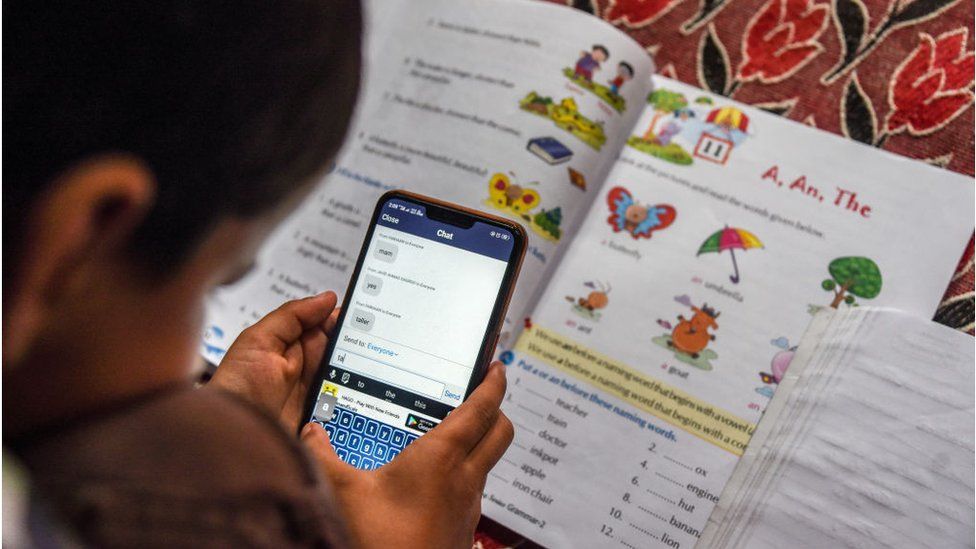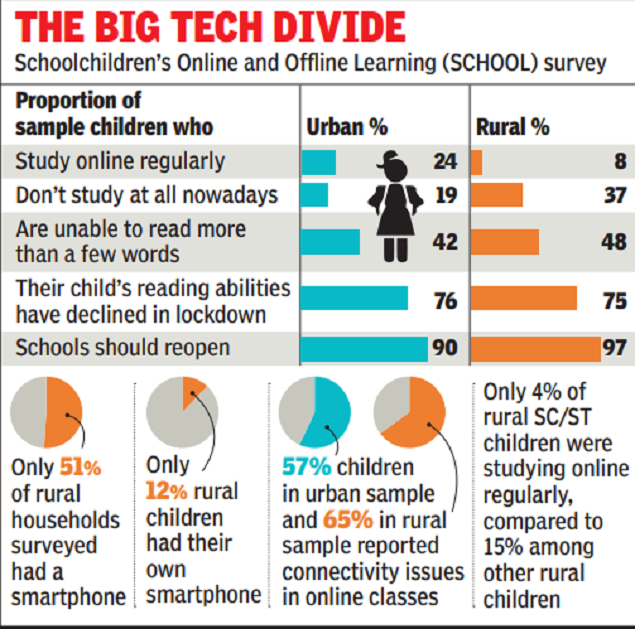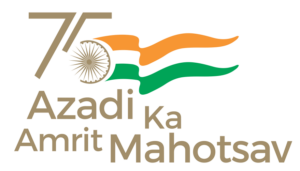
The educational system in India has always been contentious. The divide between urban and rural educational establishments and infrastructure has long been a source of contention. In India, there are around 250 million students enrolled in 1.5 million schools and 37.4 million students enrolled in 50,000 higher education facilities. Do all of these pupils, however, receive a similar education?
The central government was forced to declare a statewide lockdown following the Covid 19 epidemic. Everything was shut down, even schools. As the lockdown grew more severe; schools, colleges, universities, and other educational institutions were forced to switch to online instruction. However, students in urban regions were more adaptive to online learning than students in rural areas who were economically disadvantaged. In rural India, schools were already considered a taboo issue in certain regions. Many initiatives and schemes were launched to encourage young girls and boys to attend primary school and increase literacy rates in these areas. Furthermore, many low-income families struggle to have a roof over their heads and food in their tummies. It is a major effort for these parents to send their children to high-priced private schools. Going to a half-equipped government school was a massive blessing for such kids. For these underprivileged parents, providing their children with fancy equipments to help them adjust to this new online education style would be a dream come true. For these households, having a smart phone or access to the internet is nearly impossible. On a daily basis, many communities still struggle to receive energy. People in rural areas do not have easy access to or use of Wi-Fi systems, internet availability, cell phones, or computers, as they do in metropolitan areas. Even if some families spend their hard-earned money on one of these devices, educational institutions and teachers are ill-equipped and untrained to conduct online lessons.

All students and educational establishments, whether from rural or urban areas of India, should be considered by the education ministry and our community as whole. They should consider and help equipping all schools and institutions in both urban and rural locations to bridge the gap during times like these. All instructors should get mandatory training. Most significantly, they should consider offering financial help to economically disadvantaged kids or providing required means for them to acquire education, such as smart phones, internet access, electricity, and the availability of equipped tools and teachers, even in government schools. These young geniuses can be aided by improving educational systems for children in remote regions and increasing educational financing. After all, these bright young minds are believed to represent the country’s future.

